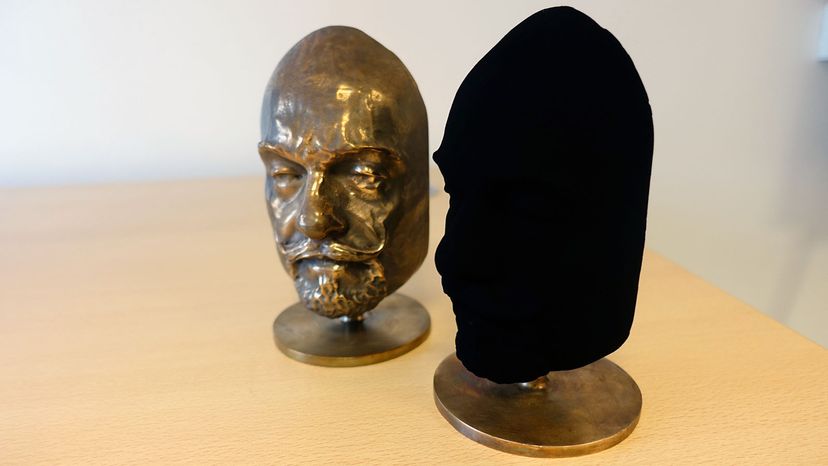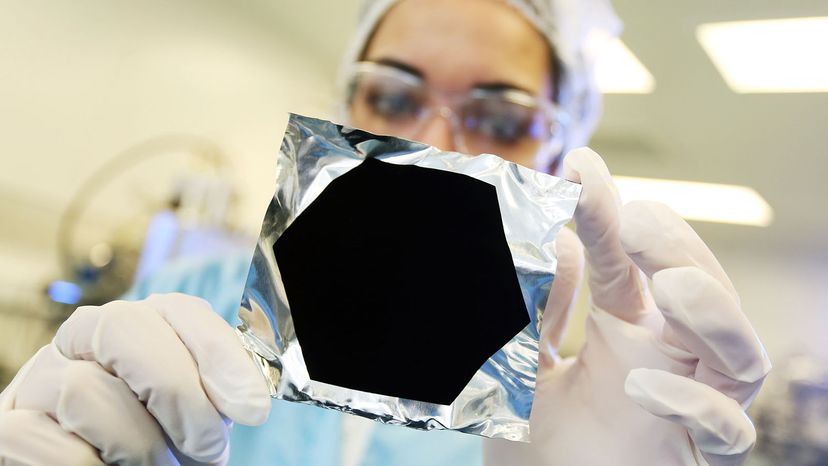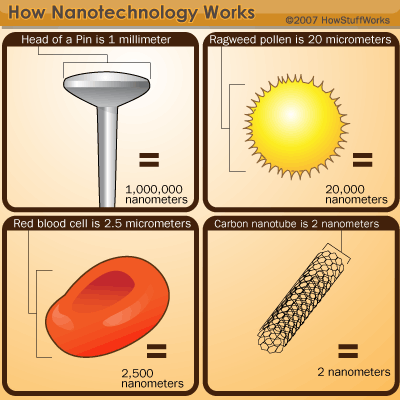Vantablack is still hard to manufacture, and it's expensive, so it's not available for sale commercially. But Surrey NanoSystems does provide samples to universities, museums and research institutions to display.
And because it requires such a special application, the company has licensed its Vantablack S-VIS use only to artist Anish Kapoor of Kapoor Studios UK. It's not like just anyone could just call up and acquire a couple gallons of the stuff anyway, but the move ruffled a lot of feathers for going against the spirit of the art community.
But other artists have proven you don't need a high-tech lab or a ton of money to get a similar effect on a small scale. Artist Stuart Semple created two matte black acrylic paints, Black 2.0 and Black 3.0, which are pretty darn black. Though they are not the blackest blacks in existence, Semple's site notes that's the trade-off for being affordable, accessible, easy to use and available online. (See Now That's Interesting below for more details.)
In fall of 2019, engineers at MIT revealed a new, even darker black coating, which is capable of absorbing 99.995 percent of visible light. MIT's coating is also made of vertically aligned carbon nanotubes (CNTs) and was developed for optical and space science applications.
Still, others in the art community and elsewhere are invested in finding the absolute limit of the blackest possible black, so it's possible we may one day be able to capture those remaining hundredths of a percent of visible light.





